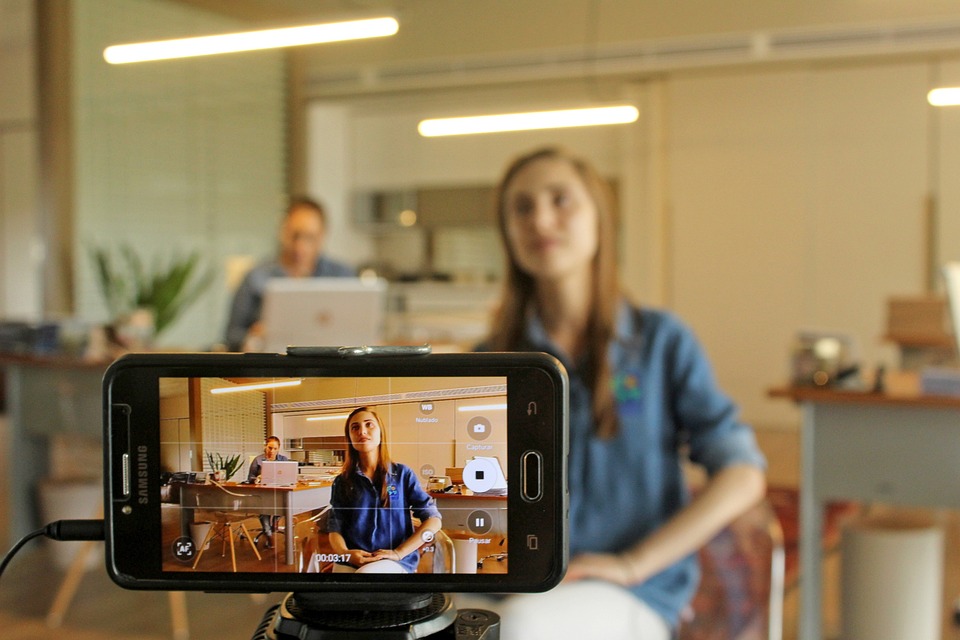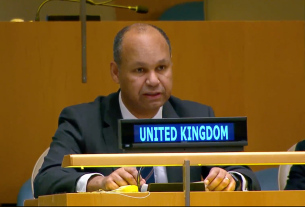|
Getting your Trinity Audio player ready...
|
As election season heats up, more officials across the United States are embracing livestreaming as a tool to increase transparency and demystify the voting process. From ballot counting to polling place operations, these livestreams aim to give voters a real-time, unfiltered view of how elections are being conducted, ensuring that the process is fair and accessible.
The rise of livestreaming reflects an increasing push for greater transparency in how elections are managed, especially following years of concerns about election security, misinformation, and voter suppression. By providing online access to key election activities, officials hope to build public trust and combat the spread of false narratives about the integrity of U.S. elections.
What Livestreaming Brings to the Table:
- Enhanced Transparency: Livestreaming allows voters to watch important aspects of the election process in real-time, including ballot counting, poll worker training, and even the handling of absentee ballots. This helps eliminate the mystery surrounding election procedures, ensuring that everything is done openly and according to the law.
- Public Accountability: By streaming these events, election officials are subjecting themselves to public oversight, which can deter misconduct and promote fair practices. Livestreaming makes it harder for fraudulent activities to go unnoticed, offering a layer of accountability for those involved in the election process.
- Combating Misinformation: In an age where misinformation and conspiracy theories are rampant, livestreaming offers a direct counter to false claims about the integrity of elections. By providing access to verified, real-time information, officials can correct misleading narratives before they gain traction. This is especially important during vote counting or when ballots are being processed, which are often areas where misinformation is most likely to spread.
- Accessibility: Livestreams make it easier for voters, especially those with disabilities or who are geographically remote, to monitor the election process. This is especially significant in regions where polling locations may be few and far between, or where voters may be unsure about where or how their ballots are being processed.
Examples of Livestreaming in Action:
- Ballot Counting: Some states, like Georgia and Michigan, have already embraced livestreaming during elections to allow the public to observe ballot counting. This is particularly important in the aftermath of the contentious 2020 presidential election, where observers wanted reassurance that votes were being counted accurately and honestly.
- Polling Place Operations: In certain states, local election offices have streamed footage of polling places in action, including the process of checking voter IDs, verifying ballots, and addressing issues like long wait times. This transparency helps prevent accusations of voter suppression or manipulation.
- Election Worker Training: Livestreamed training sessions for election workers are also becoming more common. By showing how poll workers are prepared and educated about the rules, election officials aim to reduce the likelihood of mistakes or confusion on Election Day.
Challenges and Concerns:
While livestreaming is largely seen as a positive step towards greater transparency, it does come with some challenges:
- Security and Privacy Concerns: Livestreaming can sometimes create risks related to privacy and security, especially if sensitive information about voters is visible on camera. There are concerns that streaming election workers or processes could expose them to harassment or threats, particularly in a highly polarized political environment.
- Technical Difficulties: Livestreaming relies on stable internet connections and reliable technology. Any technical glitches or delays in the livestream could hinder its effectiveness and reduce public confidence in the process.
- Oversaturation: With so many streams available, there is a risk that the sheer volume of information could overwhelm viewers, making it difficult for them to focus on the most important aspects of the election process.
Conclusion:
Livestreaming the election process is part of a broader effort to rebuild trust in U.S. elections and encourage greater civic engagement. By providing transparency and real-time access, officials hope to assure the public that elections are fair, secure, and free from fraud. As more states adopt this approach, livestreaming could become a key tool in shaping how future elections are conducted and perceived.
References:
- National Conference of State Legislatures (NCSL) on Election Transparency – Information on state efforts to increase transparency and accessibility in the election process.
- Georgia Secretary of State Livestreaming Ballot Counting – Example of Georgia’s commitment to livestreaming election processes.
- Election Security and Misinformation – Resources from the U.S. Cybersecurity and Infrastructure Security Agency on combating election misinformation and ensuring secure elections.



